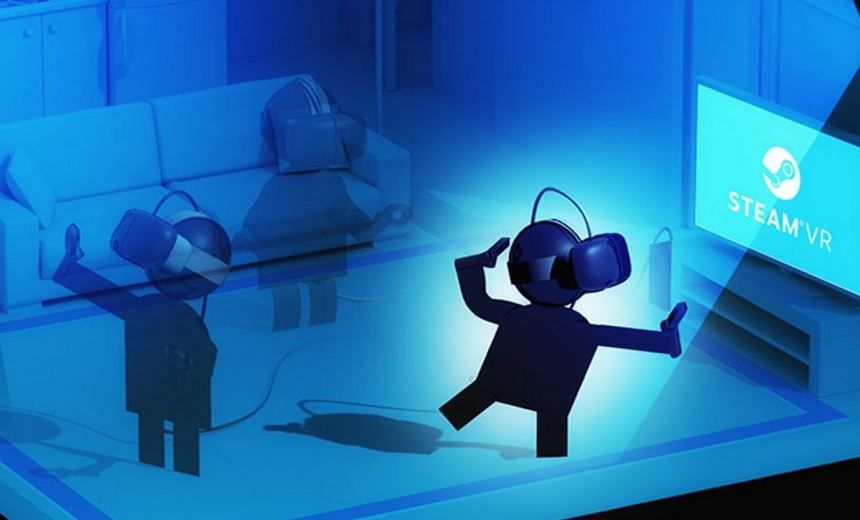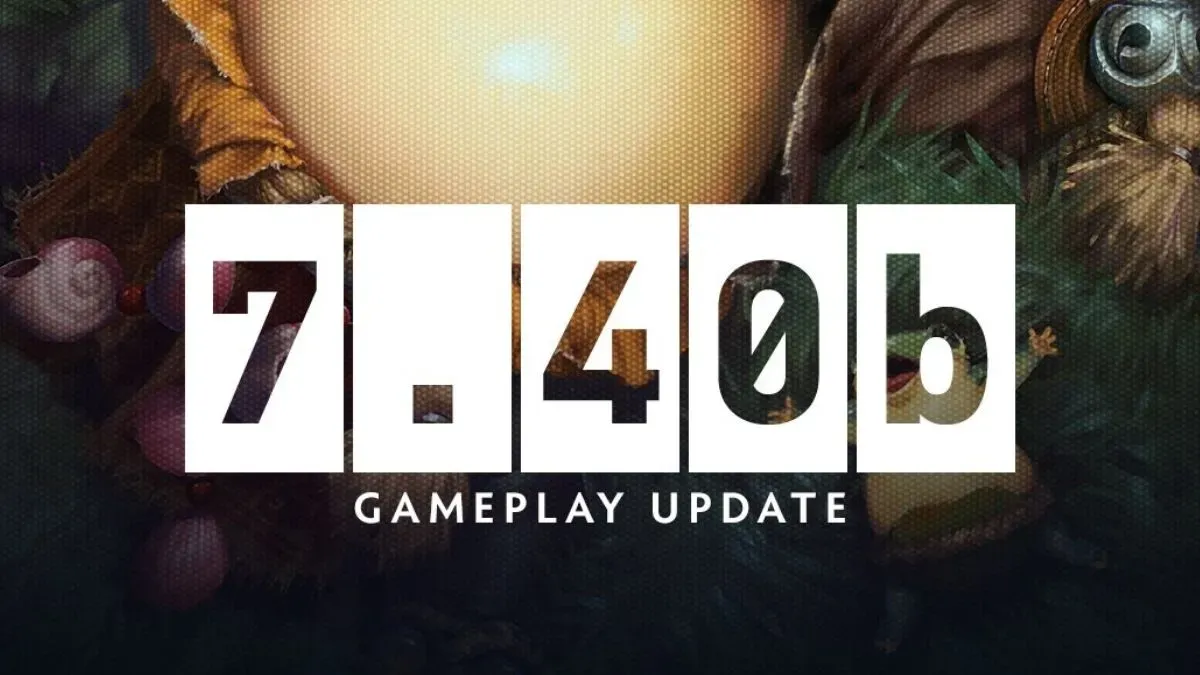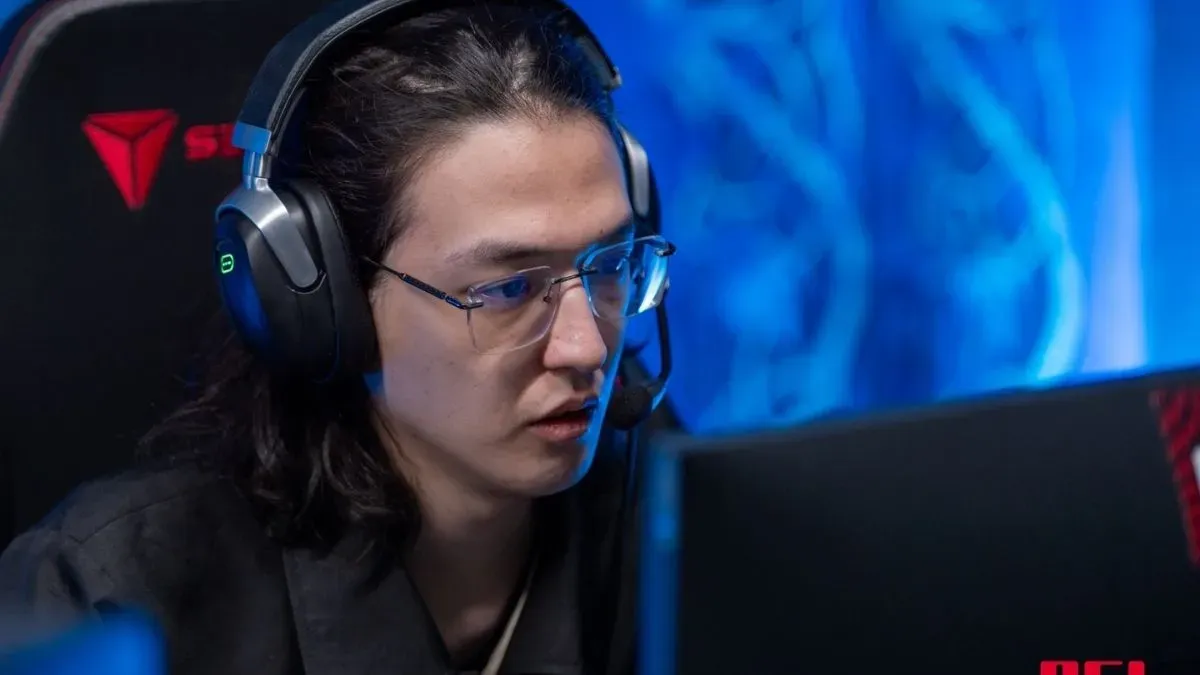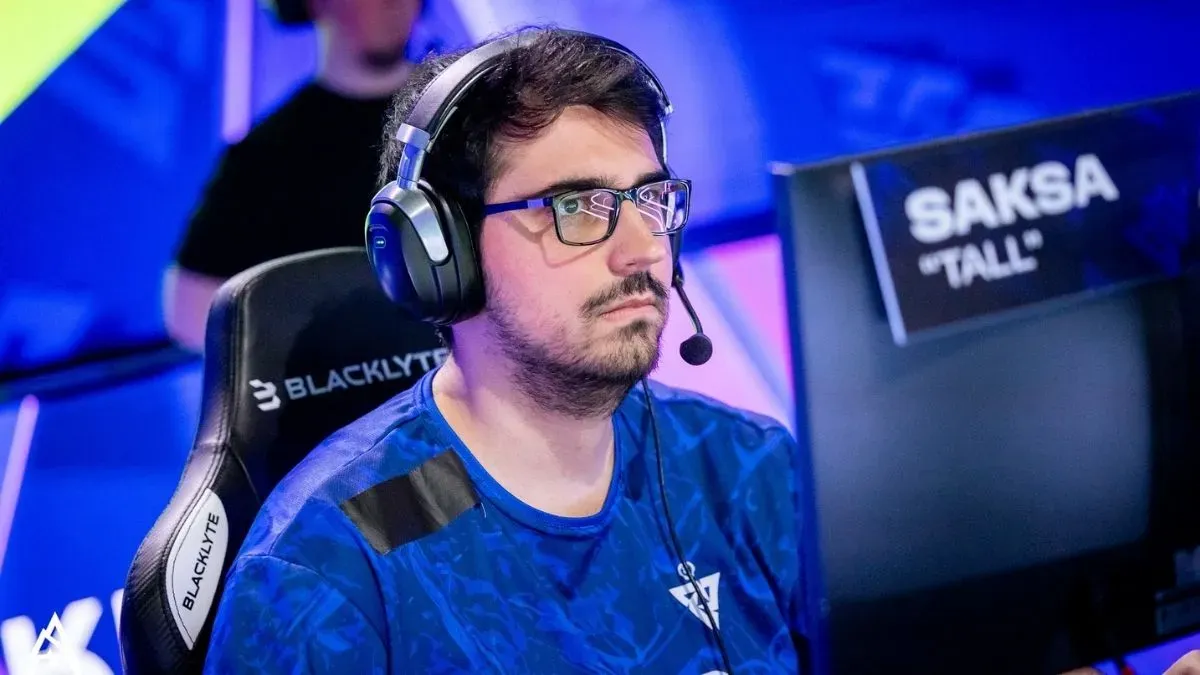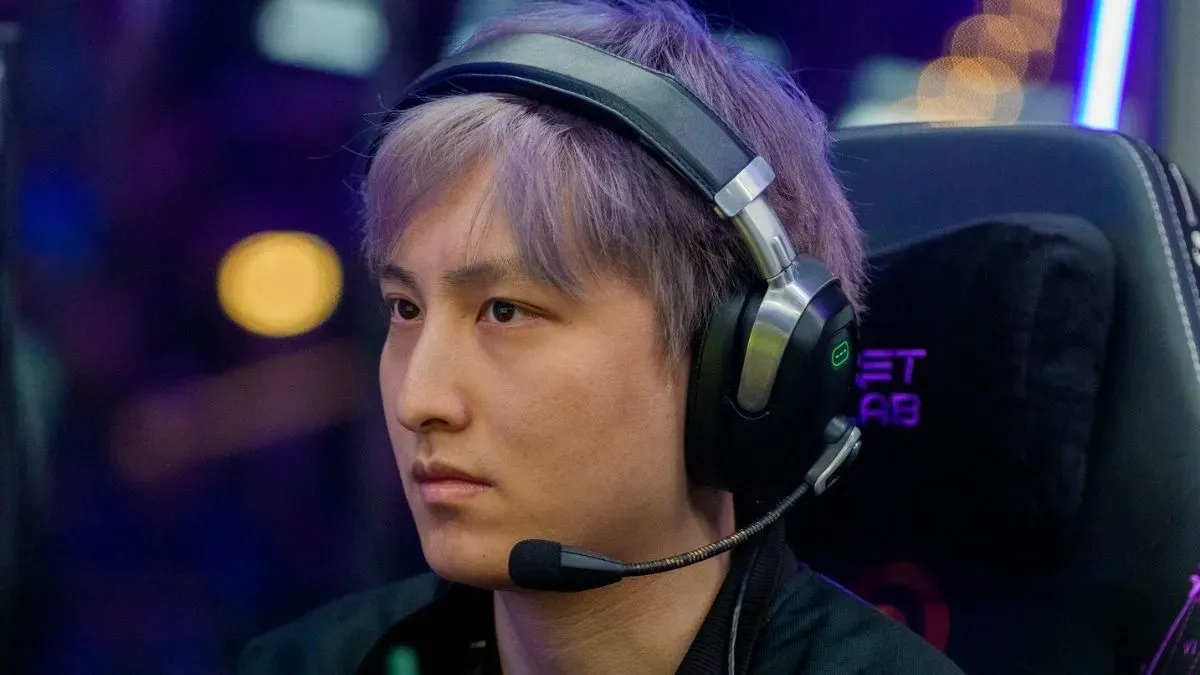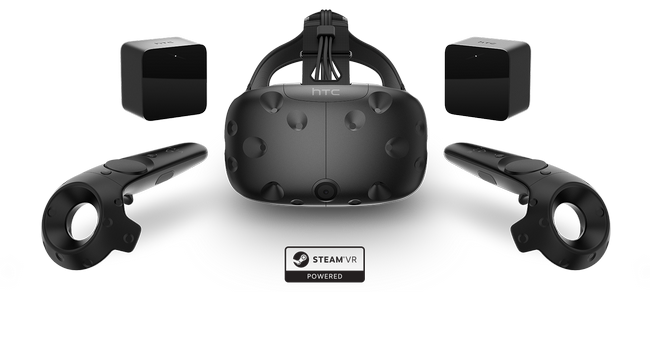
2016 will be marked in gaming history as the year when the virtual reality revolution began.
It has been attempted before, but finally the hardware has caught up with the imagination and ambitions of the game development world. There’s still a long way to go before crossing the uncanny valley into maintstream gaming, but the fact that major hardware and software companies are chasing the dream and creating a competitive environment suggests that the evolution of VR will be a fast paced affair. Oculus, HTC, Sony, Valve and Microsoft are the front-runners in this race to deliver richer experiences through the means of virtual and augmented reality and obviously gaming will be the entry point for most of us.
With the launch the Oculus Rift and HTC Vive, the market has experienced a flood of VR games and applications, great new as content is very much needed to support an emerging technology. There are still a few quirks that need to be ironed out before we can freely and seamlessly dive into believable virtual worlds, but the only way to push VR further is to expose to it as many people as possible. The eSports community is growing every day whilst also being extremely computer savvy, making it the ideal testing ground for firms like Valve to go about creating VR opportunities for a games such as Dota 2, even though the game itself is not a native platform for the time being.
At the end of the last year, Valve released a Dota 2 themed VR demo that allowed the players to explore the Secret Shop and uncover its mysteries. While the demo is no different from any other VR exploration experience, I believe it brilliantly showcases the atmosphere of the game and it is surely meant to lure the MOBA crowd into this new medium.
Watching a video of somebody else playing with VR tells you nothing about the mind blowing feeling you get by experiencing it firsthand. It is simply not something that can be easily translated into words, meaning the only way to silence a skeptic when it comes to virtual reality is to slap a Vive or a Rift onto his head. In a sense, marketing VR is a more or less a recruitment campaign and most of the time is done one on one, in your living room with your friends and family.
A few days ago, Valve launched yet another VR application targeted at the Dota 2 community, a spectating tool meant to enhance the way you watch the game by giving you a sense of immersion. At its core, it is the same spectating tool available on the official Dota 2 site (dota2.com/watch) with the difference being that all the elements of the interface are mapped onto 3D objects and presented as an HUD. From what has been teased, there will be no direct interaction with the client but merely a new way to watch your Dota 2 streams.
However, it is not only the games that are popping out of our flat monitors, as the tools that help create the games themselves are migrating to the virtual realm. Although it is in its infancy, this trend will slowly but surely gain traction, especially when it comes to art in games. Dota 2 content creators are already jumping into VR, even though they are still heavily relying on the traditional tools to actually deliver their work. Tilt Brush is an awesome application that exemplifies what concept art looks like in a virtual space and is only a glimpse into what VR might bring for artists in the future.
Presently, all these new cool things look like they are artificially attached onto a game that can easily survive without the bling, but they are equally telling of what we should expect from our gaming sessions a few years from now.
headline and title image source: htcvive.com

